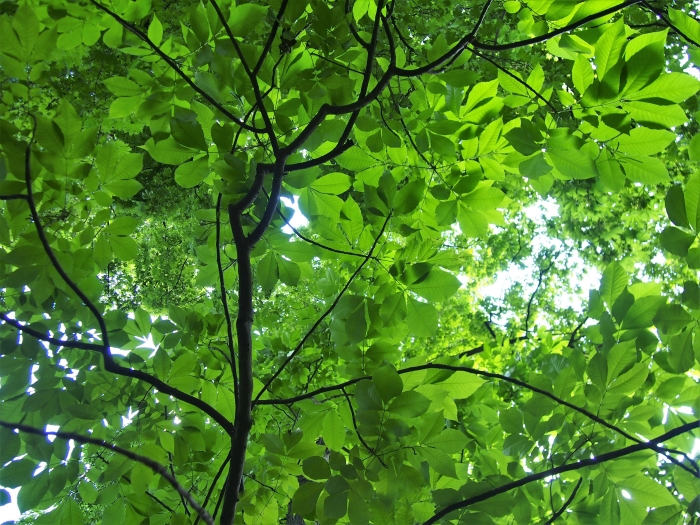Shellbark Hickory
(Carya laciniosa)
Shellbark Hickory (Carya laciniosa)
/
/

Agnieszka Kwiecień, Nova
CC BY-SA 4.0
Image By:
Agnieszka Kwiecień, Nova
Recorded By:
Copyright:
CC BY-SA 4.0
Copyright Notice:
Photo by: Agnieszka Kwiecień, Nova | License Type: CC BY-SA 4.0 | License URL: https://creativecommons.org/licenses/by-sa/4.0 | Uploader: Nova | Publisher: Wikimedia Commons | Title: Carya_laciniosa_Orzesznik_siedmiolistkowy_2019-06-01_06.jpg | Notes: Transferred from Flickr by [[User:Tim1357]] |


































Estimated Native Range
Summary
Carya laciniosa, commonly known as Shellbark Hickory, is a deciduous tree native to bottomland forests, swamps, and along streams in the Eastern and Central United States. It can grow to a height of 60-80 feet (18-24 meters) with a spread of 40-60 feet (12-18 meters). The tree features a straight, tall trunk with shaggy, peeling bark, and large, pinnately compound leaves. The flowers are small and yellow-green, appearing in spring. The fruit is a large nut encased in a thick husk, which splits open when mature in the fall. The nuts are sweet and edible, attracting wildlife and humans alike.
Shellbark Hickory is valued for its nuts, strong and flexible wood, and as a native species that supports wildlife. It is used in reforestation projects and naturalized areas. Due to its deep taproot, it is difficult to transplant but once established, it is relatively low maintenance. It requires moist, well-drained soils and can tolerate occasional flooding. While it prefers full sun, it can also grow in part shade. The tree is susceptible to insect damage, including hickory bark beetles, and fungal diseases such as anthracnose.CC BY-SA 4.0
Shellbark Hickory is valued for its nuts, strong and flexible wood, and as a native species that supports wildlife. It is used in reforestation projects and naturalized areas. Due to its deep taproot, it is difficult to transplant but once established, it is relatively low maintenance. It requires moist, well-drained soils and can tolerate occasional flooding. While it prefers full sun, it can also grow in part shade. The tree is susceptible to insect damage, including hickory bark beetles, and fungal diseases such as anthracnose.CC BY-SA 4.0
Plant Description
- Plant Type: Tree
- Height: 60-80 feet
- Width: 40-75 feet
- Growth Rate: Slow
- Flower Color: N/A
- Flowering Season: Spring
- Leaf Retention: Deciduous
Growth Requirements
- Sun: Full Sun, Part Shade
- Water: High
- Drainage: Fast, Medium
Common Uses
Bee Garden, Bird Garden, Butterfly Garden, Edible*Disclaimer: Easyscape's listed plant edibility is for informational use. Always verify the safety and proper identification of any plant before consumption.
Natural Habitat
Bottomland forests, swamps, and along streams
Other Names
Common Names: Kingnut, Big Shellbark, Bottom Shellbark, Thick Shellbark, Western Shellbark, Broom Hickory, Bigleaf Shagbark Hickory
Scientific Names: , Carya laciniosa, Carya sulcata, Juglans laciniosa, Juglans sulcata, Juglans compressa, Hicoria laciniosa, Juglans pubescens, Carya pubescens, Hicorius acuminata
GBIF Accepted Name: Carya laciniosa (F.Michx.) Loudon